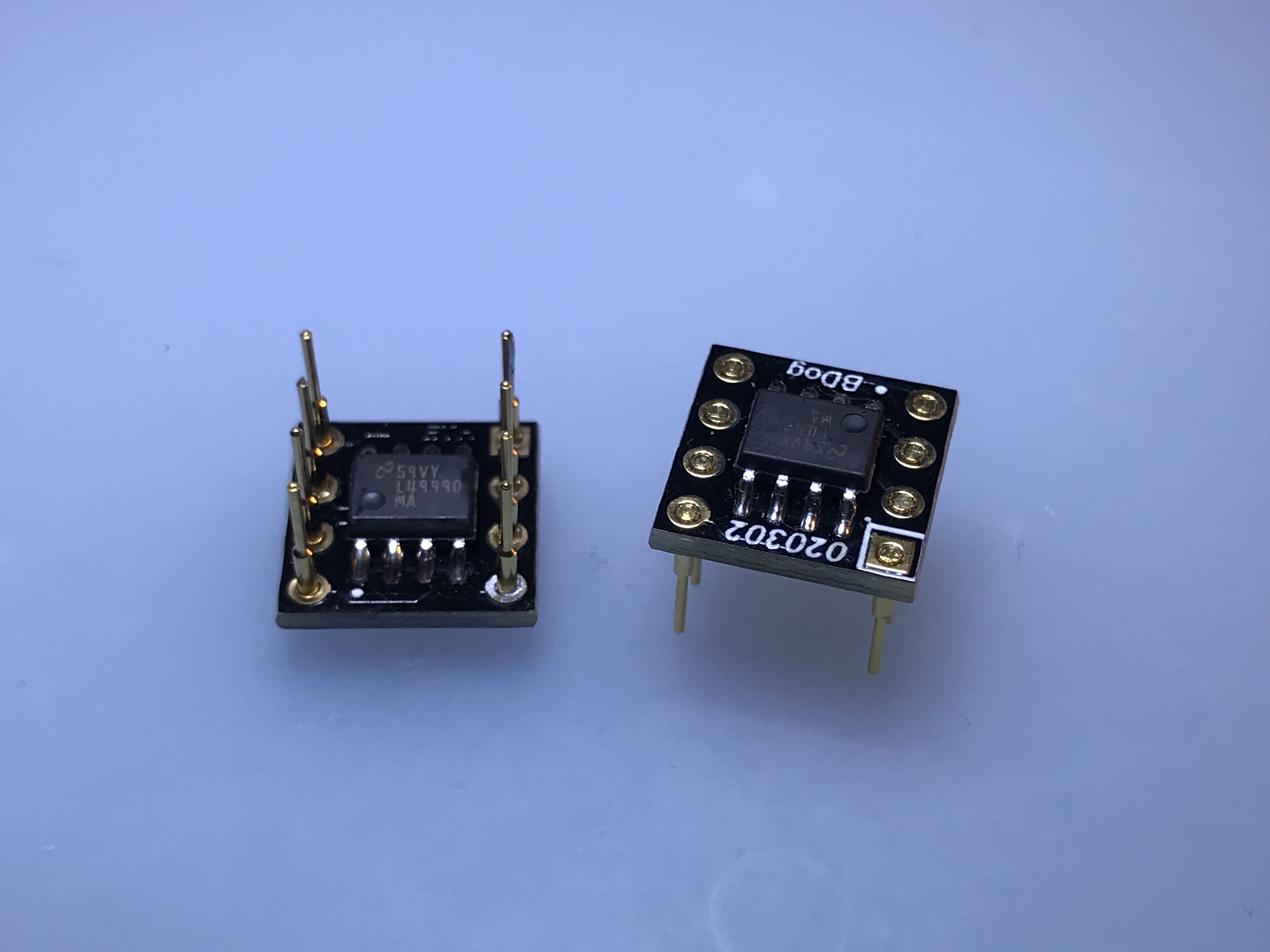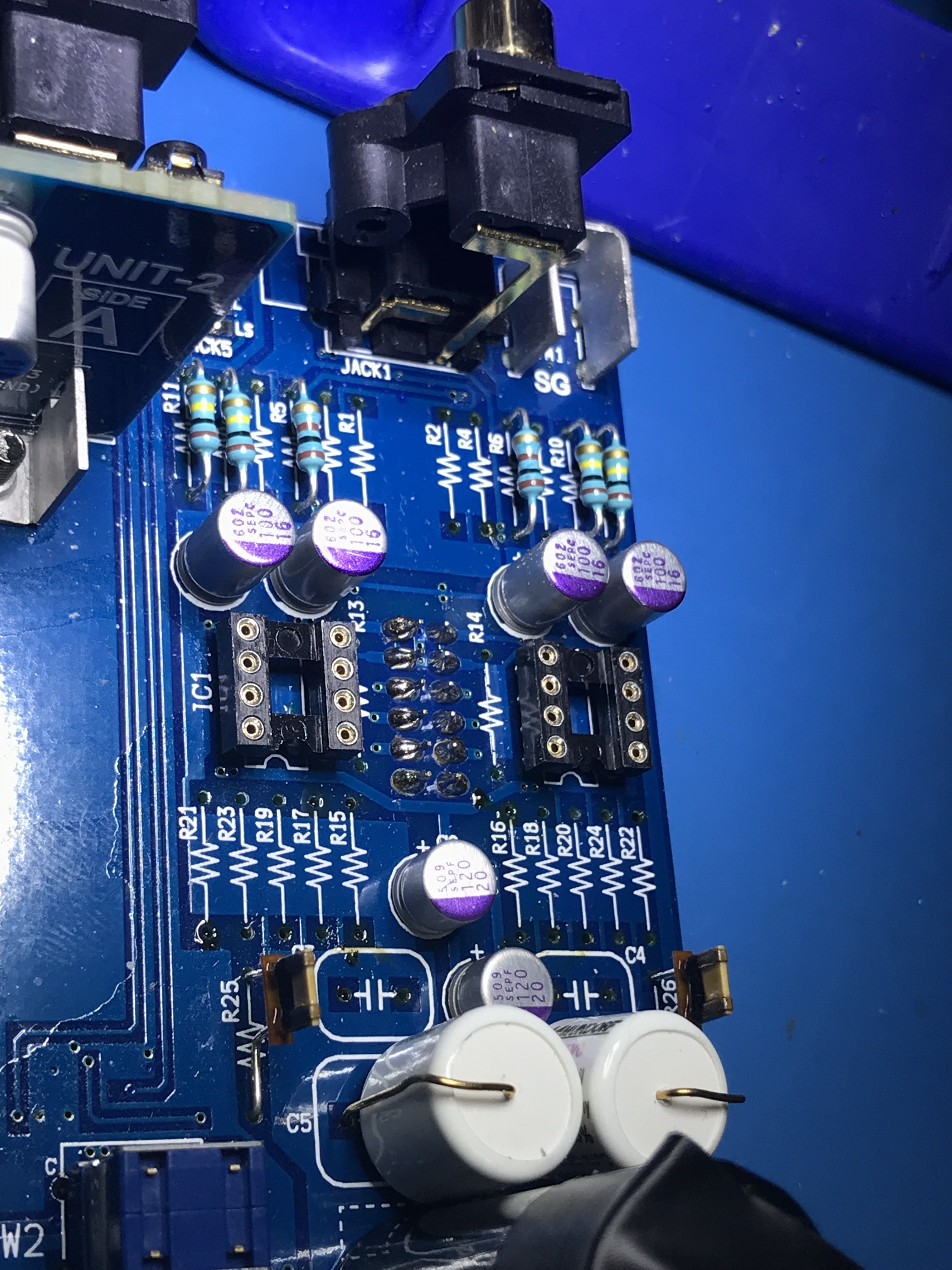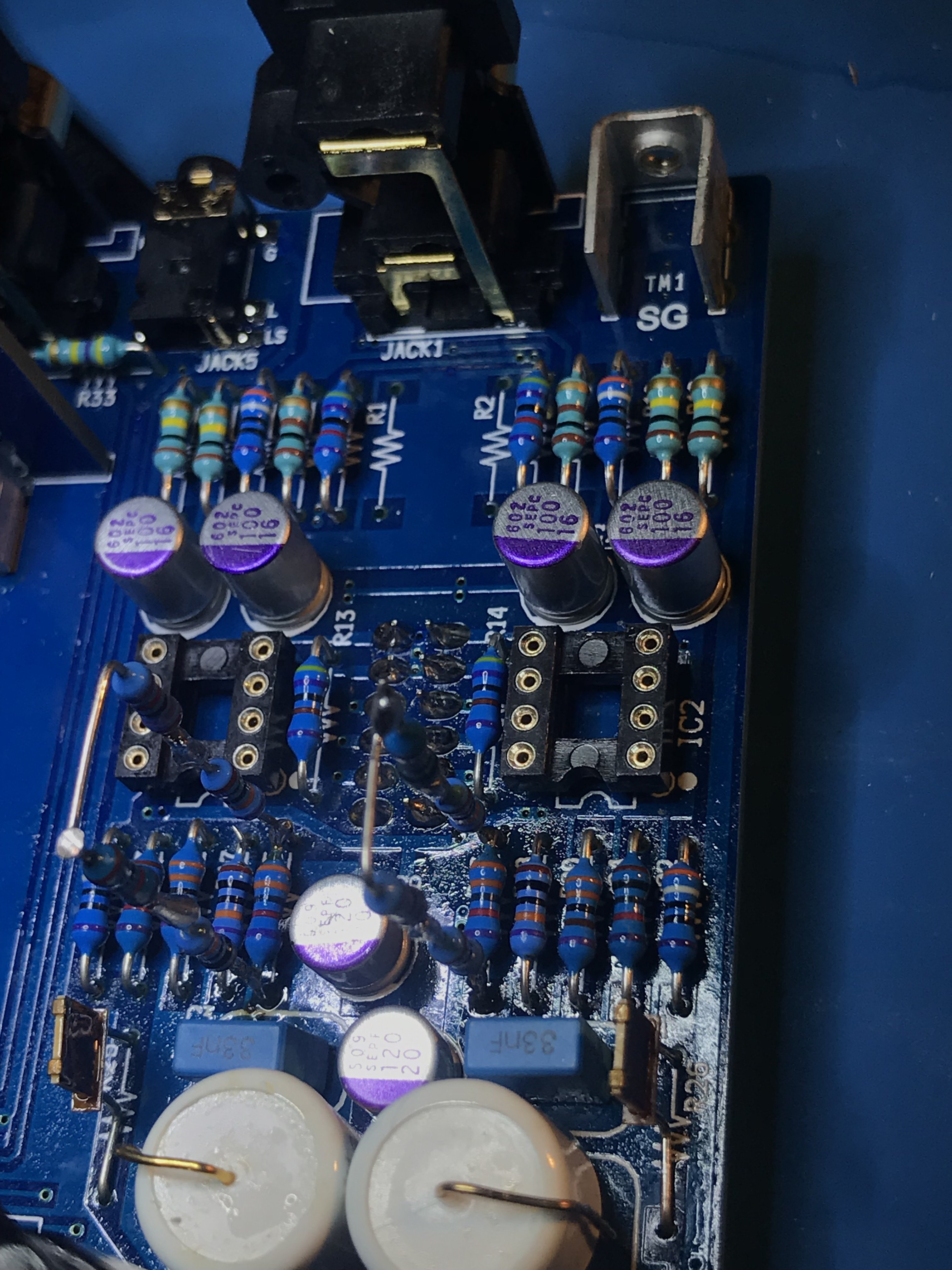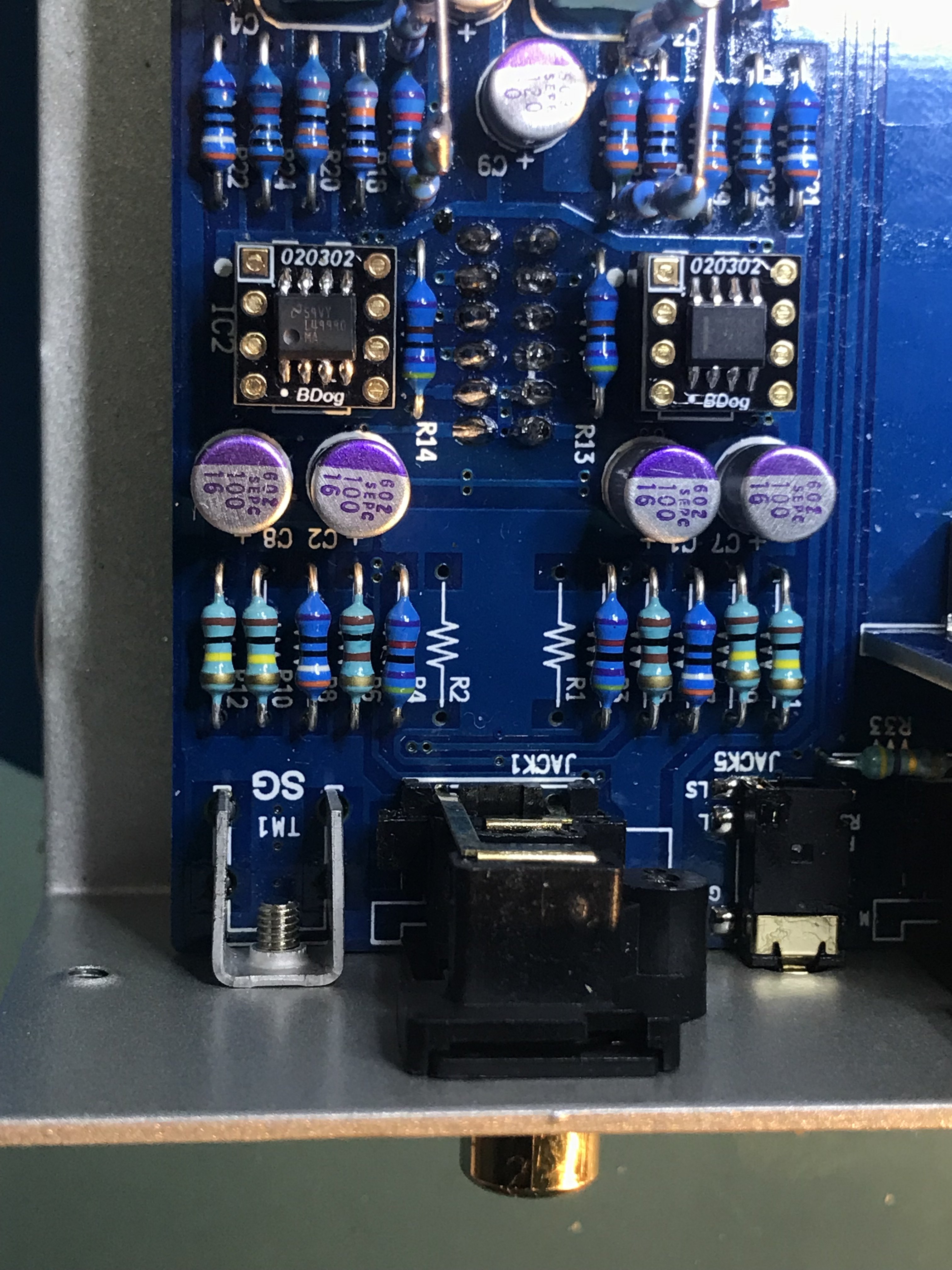@Dimu very cool! I'm a big vinyl fan as well and after following everything you recently did with your rig, I may have to do something similar to mine in the future too. I've been down the crazy opamp road before in other equipment and I would roll quite a few in the past, so I know how much of a difference they can make to the sound in the end and how satisfying it is to finally find that magic one.
Also, that MP-200h looks amazing! I'm sure it sounds just as good as it looks too. There is just so much to getting great sound out of vinyl, from the cartridge, to the table, to the phono preamp, and beyond. I always get a bit of a chuckle when vinyl newbies initially think it is as simple as their digital rigs and then find out how complex it truly can be. In the end though, vinyl offers something that digital audio really just can't, not that it is superior in anyway, just different. I actually prefer certain recordings on vinyl versus digital and even with a few, when I hear them digitally now, I can't help it, I just think about how they sound different on vinyl while listening digitally.
The crazy thing is how vinyl has been resurrected in recent years as CD sales have fallen off the map... while digital downloads/streaming is so much quicker/easier, there is a disconnect from the physical media that I believe can create a hidden void in one's psyche. There is just something to getting a new record, examining the artwork/cover, feeling it in your hands, and the physical action of putting a needle to it. Then there is always the spontaneous nature of it, the random pops/crackle, etc. add to the overall presence of the sound. The great thing is how many new albums offer digital downloads with the vinyl versions, so one can now justify the extra cost of the record. Also, some of my favorite genres on vinyl are ambient, classical, and jazz, as it just seems to add so much extra character and nuance to the sound, creating an environment where the music just seems more real or in the moment. Now, I do know a lot of guys who stay away from vinyl like it is the plague, but that is really just because they burnt-out on it back in the day and it is just not as simple as digital music or they just have never been exposed to it properly, but I think they are sometimes missing the point. It's not that we think vinyl is superior or even equal necessarily, although with some recordings it actually is, but different in such a way that we feel closer to the music in general when we experience it.
Keep letting us all know how it goes!












































